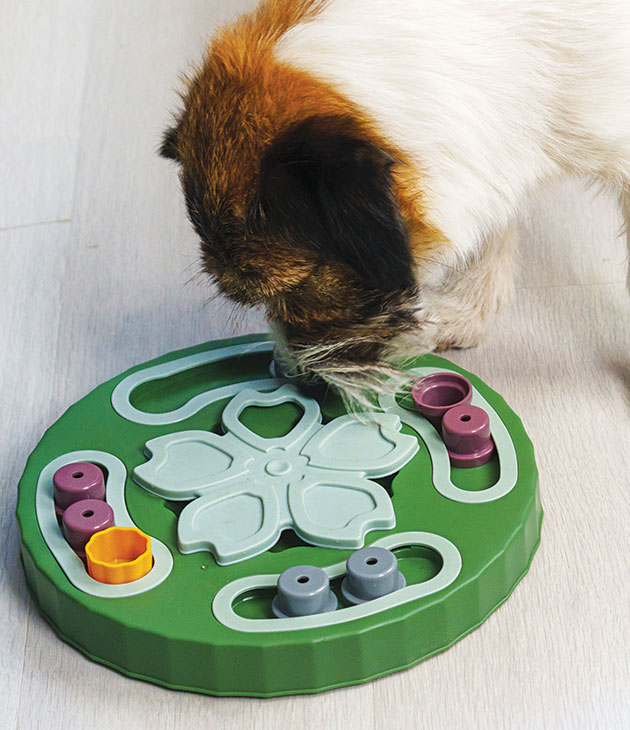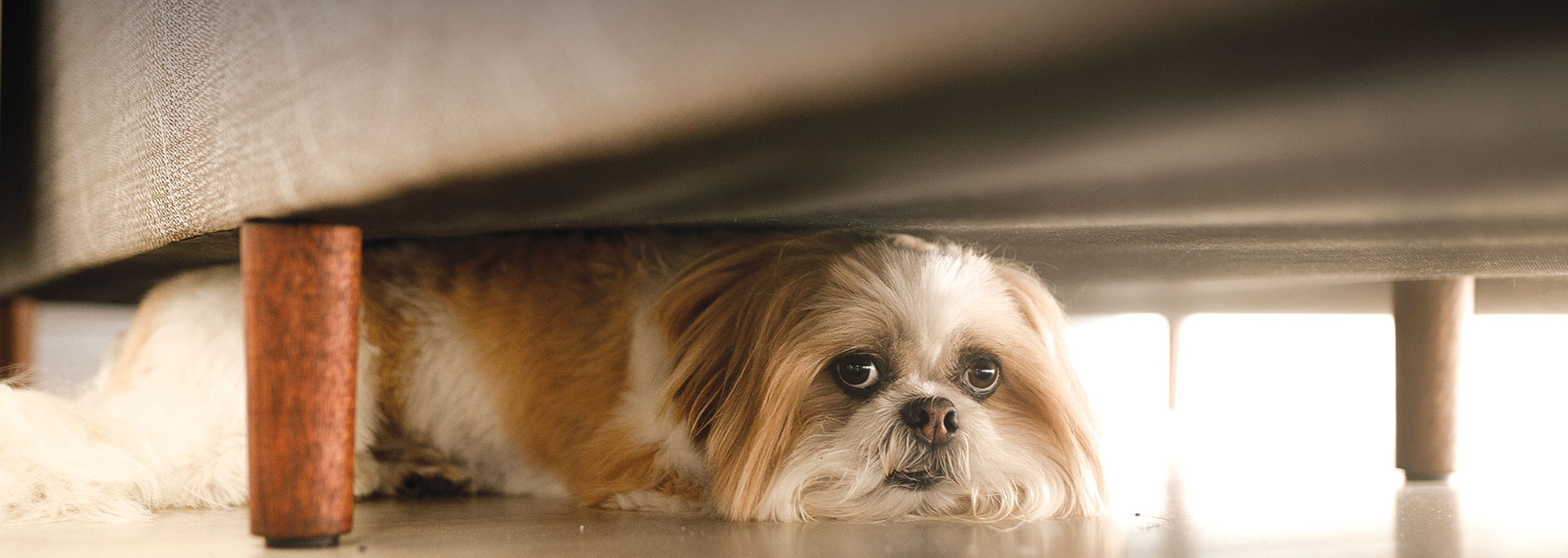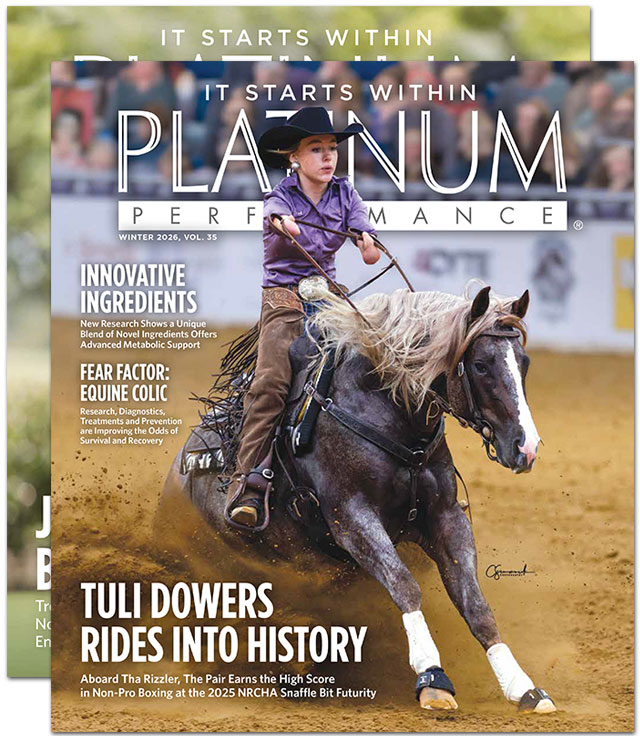
In the age when pandemic puppies are fully grown and remote work situations still abound, it has become increasingly prevalent for dog owners to notice their pups dealing with bouts of discomfort.
In the age when pandemic puppies are fully grown and remote work situations still abound, it has become increasingly prevalent for dog owners to notice their pups dealing with bouts of discomfort.
Helping an Anxious Dog Find Peace Using Natural, Calming Strategies
Bringing home a new dog is an exciting day for the whole family; everyone is eager to welcome their newest companion and include it in the rhythms of daily life. The last thing you’re thinking is that your dog could become riddled with anxiety. Like humans, our canine friends can experience stress and fear, often exacerbated by external factors outside of our control. In the age when pandemic puppies are fully grown and remote work situations still abound, it has become increasingly prevalent for dog owners to notice their pups dealing with bouts of discomfort. Anxiety can manifest in undesirable behaviors, health problems and even physical issues impacting the quality of life for both dog owner and their canine companion. There is hope. With time, patience, consistency and, if necessary, veterinary intervention, you can help calm your new dog’s disquiet.
Understanding the Condition
No two dogs are alike, and the same can be said about their anxiety triggers. Some dogs may suffer from common events like separation from their owners, changes in routine or fear of the veterinarian. Other dogs may have more acute triggers such as noise sensitivity from fireworks, thunderstorms or other loud sounds. Sometimes dogs harbor unease from past trauma, neglectful environments or experiences. Observing what events generate anxiety in your dog can help calm them or remove them from stressful situations when they pop up. Lastly, health issues may be a factor. Discuss your dog’s troubling behavior(s) with your veterinarian to rule out if they are related to a health condition.
Practical Ways to Calm an Anxious Canine

Interactive toys can be a fun way to engage and focus your dog’s attention on an exciting and challenging task. Toys can range from puzzle feeders to lick pads or KONG toys.
Interactive toys can be a fun way to engage and focus your dog’s attention on an exciting and challenging task. Toys can range from puzzle feeders to lick pads or KONG toys.
We all need a bit of personal space, and your dog is no different. Designating a safe location in the house solely for them can help provide your dog with a comfortable place to decompress when life gets hectic. Depending on your living situation and your dog’s comfort level, an appropriately sized crate with a soft, chew-safe bed is an excellent option. Place the crate in a quiet, low-traffic area. Playing a radio or calming music can help drown out troubling noises. Crate-trained dogs seek comfort in their refuge space even when not placed there by their master. Providing this safe space comes in handy in situations where dogs become nervous from other factors, such as when visitors arrive, noise triggers or with separation issues.
The adage “A tired dog is a happy dog” can help in managing anxiety as canines thrive in environments with routine and adequate exercise. Predictability helps establish a sense of trust between you and your dog by reducing the anxiety of the unknown — that feeling of unease, apprehension or worry arising from situations or events that are uncertain or unfamiliar. This can be especially important for rescue dogs that have come from neglectful homes.
Physical exercise and mental stimulation are key, as an under-stimulated dog is more prone to undesirable behaviors and acting out. Making time for dog walks or jogs, if appropriate, or off-leash time in a dog park or designated beach for playing fetch are incredibly helpful in expending some pent-up energy. Involving your dog in training activities such as agility, dock diving or scent work can be a great way to expend its physical energy and aid in their mental stimulation. For some canine companions, short daily training sessions can provide enough mental stimulus. If your dog requires more, whether in general or as a distraction from an anxiety trigger like being left alone, interactive toys can be a fun way to engage and focus their attention on an exciting and challenging task. Toys can range from puzzle feeders to lick pads or KONG toys where you can hide their favorite treats inside. Many interactive activities can aid in keeping your dog occupied while you are away.
In extreme cases of canine anxiety that cannot be altered with changes in the home or by integrating exercise and mental stimulation, seek professional assistance from a reputable dog trainer, your veterinarian or even a veterinary behaviorist, who combines medical and behavioral science knowledge to address issues such as aggression, anxiety and compulsive behaviors. Professional help can guide you and your family to help identify and combat your dog’s anxiety triggers and over time ensure that your dog does not become negatively reactive to other animals or people.
Tackling Anxiety in the Natural Way
A natural daily supplement is another tool. Consider introducing a calming formula — including magnesium, Magnolia officinalis, Phellodendron amurense and L-theanine — and evaluating its effect on your dog. It’s always recommended to consult with your veterinarian before starting any canine supplement.
Magnesium
Magnesium supports many cellular and physiologic functions across your dog’s body, from maintaining bone health to regulating blood sugar, and it is also involved in muscle contraction and nerve conduction. A 2024 study noted that magnesium supplementation in humans has been shown to reduce self-reported anxiety and to improve parameters associated with sleep. In 2023, a Cleveland Clinic study found that magnesium also has been tied to an improved balance between the excitatory neurotransmitter glutamate and the inhibitory neurotransmitter GABA (gamma-aminobutyric acid). For a dog that may be deficient in magnesium, added supplementation could be the key to easing anxiety. Additionally, this essential mineral supports the production of serotonin, another neurotransmitter, or a chemical messenger crucial for communication within the nervous system and for regulating various bodily functions, that is involved with brain biochemistry and mood regulation and is associated with feeling at ease.
Magnolia officinalis and Phellodendron amurense
Magnolia officinalis has been used for centuries in Eastern medicine. Derived from magnolia tree bark extract, the botanical provides honokiol and magnolol — two key compounds that promote relaxation. These compounds have been shown to enhance the activity of the neurotransmitter GABA and also to support serotonin levels to induce a calming effect. Magnolia officinalis supplements, when combined with phellodendron bark extract, have been shown to reduce cortisol and to improve mood in human subjects, according to a 2013 study. This may prove helpful when addressing anxiety in your canine friend.
Phellodendron amurense (phellodendron tree bark extract), a species of tree in the family Rutaceae, commonly called the Amur cork tree, is another botanical used for centuries to address a variety of health concerns. When combined with Magnolia officinalis, it is known to moderate stress and anxiety, as well as to improve sleep. The active ingredient, berberine, in combination with honokiol from Magnolia bark can encourage a calming state. Human studies report this combination may aid in coping with external stressors and promote relaxation.
L-Theanine an Amino Acid
L-Theanine is an amino acid commonly found in green tea leaves that is used by the brain to support neurotransmitter production. It is an attractive ingredient when seeking to calm canines as it can quickly enter the bloodstream and has few negative side effects. This unique non-protein amino acid works in two ways: the first has to do with its effect on brain waves; and the second brings us back to the neurotransmitter GABA. Of the four classifications of brain waves (each representing a different frequency of electrical activity in the brain and associated with different mental states), L-theanine tends to promote the alpha brain wave, which is most associated with focus and calm responses. Additionally, L-theanine is associated with the production of GABA, serotonin and dopamine which also help your dog feel at ease.
In 2015, the Journal of Veterinary Behavior published a study examining the effects of L-theanine in 18 client-owned dogs that had exhibited symptoms of anxiety during thunderstorms. Researchers asked owners to identify the symptoms of anxiety their dogs exhibited during these storms, which included panting, trembling, hiding and pacing. The owners were then asked to complete a series of questionnaires: one prior to starting their dog on a L-theanine dosage and the same questionnaire following five subsequent thunderstorms. The results showed that L-theanine may be beneficial in providing relief from the intensity of anxiety symptoms in dogs with a history of storm sensitivity.
Bringing It All Together
There are many options to ease anxiety in your canine companion. Modalities from increased exercise and training to toys and games to keep your dog stimulated make a world of difference in mitigating stress and unfavorable behaviors in an anxiety-ridden pup. It’s equally important to continue to have a conversation with your veterinarian to tackle your dog’s anxiety as a team effort as you utilize your other anti-anxiety resources. Your veterinarian can work to ensure that everything is in working order from a health and nutrition standpoint and guide you with an educated view on how best to proceed to help alleviate your dog’s anxiety so master and furry friend can both live in harmony.


